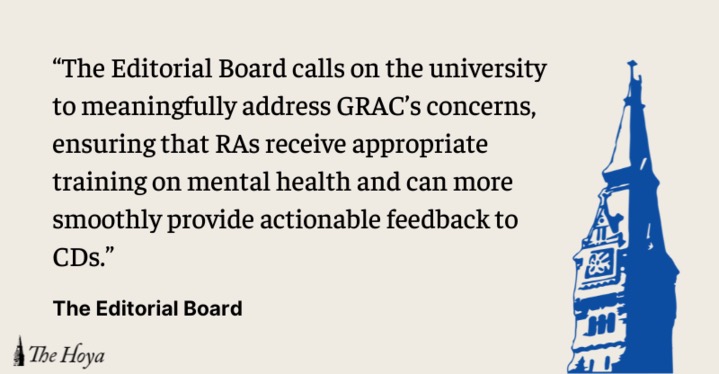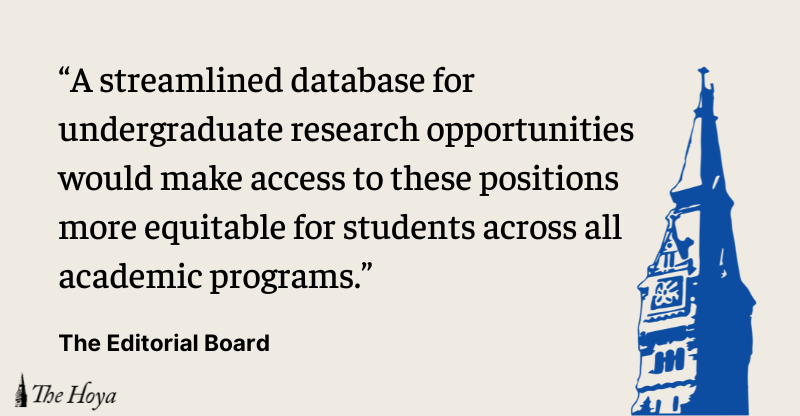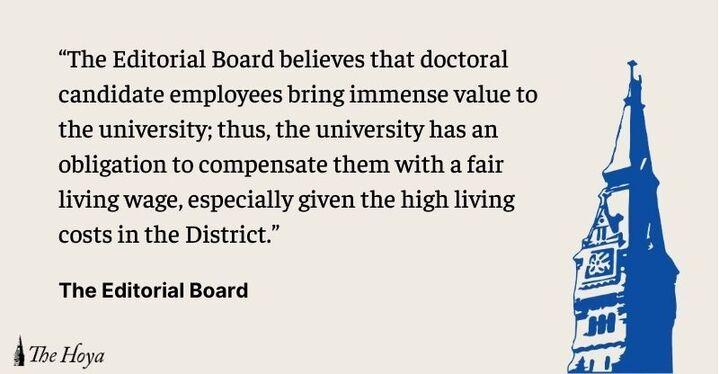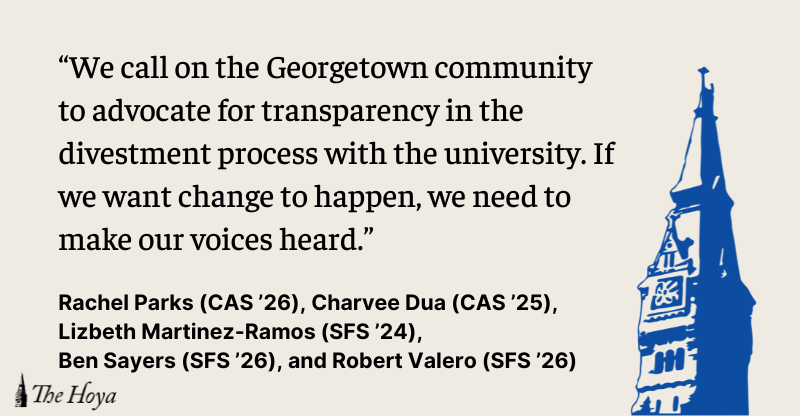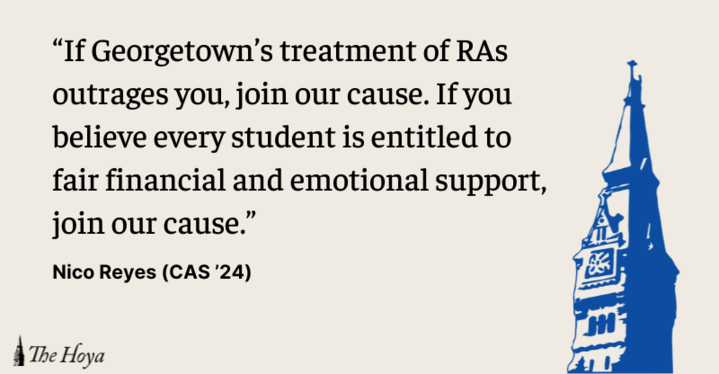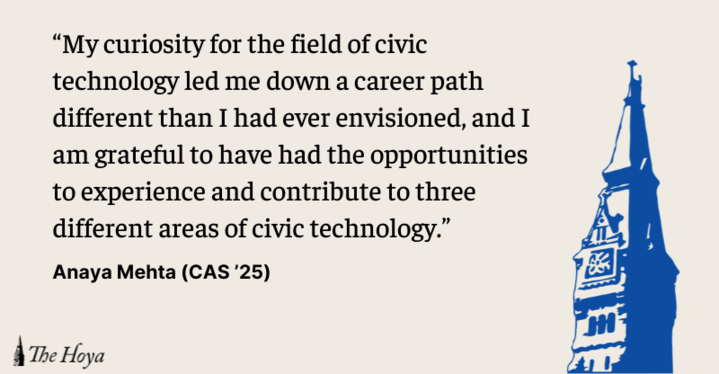Between 2007 and 2010, Georgetown students and faculty undertook a long-term, collaborative investigative journalism assignment known as the Pearl Project, which explored the disappearance of Wall Street Journal reporter Daniel Pearl in 2002. Their research has been lauded for yielding valuable new insights regarding Pearl’s kidnapping and eventual execution by Pakistani militants, including the identification of Pearl’s killer through forensic vein matching and proof of perjured testimony in Pakistani courts. Unique in its multi-year format, cross-disciplinary structure and real-world policy impact, the Pearl Project stands as a central pillar of Georgetown’s journalism legacy — a legacy that ought to be built upon in future years.
Recent financial pressures have forced most media companies to consolidate or even discontinue their investigative reporting departments. Due to this abandonment by established media firms, universities currently find themselves in a unique position to step into the investigative journalism breach, contributing to social justice while capitalizing on its students’ energies and establishing its name as a journalistic leader.
In addition to enhancing Georgetown’s reputation in the journalism community, a reiteration of the Pearl Project would spark new conversations on expanding Georgetown’s journalism resources. Although Georgetown currently offers a strong graduate journalism program, undergraduates can only minor in the discipline. Encouraging further collaboration between graduates and undergraduates, as the Pearl Project did, would advance interest in a full undergraduate journalism department like the ones at Yale and Northwestern Universities.
One of the Pearl Project’s incidental benefits was that it allowed Georgetown undergraduates to engage with substantial, real-world issues across multiple institutions, thus aligning with Georgetown’s emphasis on transforming its students into “contemplatives in action.” Too often, university students and staff are restricted to a whiteboard world, insulated from the messy realities beyond campus walls and ignorant of the true applications of their education. By contrast, the Pearl Project allowed Georgetown students to break these barriers and gain a firsthand and authentically alternative journalism experience.
The university-wide dialogue on journalism cultivated by the Pearl Project would benefit both Georgetown and its students by thrusting Georgetown’s journalism community onto an international stage. While students would be challenged and their education enriched by the extracurricular exercise, the university itself would also attract attention as a journalistic institution, thereby expanding its journalism resources and laying the foundations of a more robust undergraduate program in the field.




